How to Improve Your Garden Soil: Amendments Needed
To normal people, dirt is just dirt. To gardeners, however, that dirt becomes soil. Having great soil is crucial to growing a fabulous garden. If you want to make your garden grow, you have to know how to improve your garden soil and the amendments needed for it. In this article, you will learn:
- What Makes Good Garden Soil
- Good fertility
- PH Levels
- Good texture
- The Nutrients Plants Need
- When to Improve Garden Soil
- Amendments Needed for Garden Soil
- How to Improve Garden Soil
What Makes Good Garden Soil?
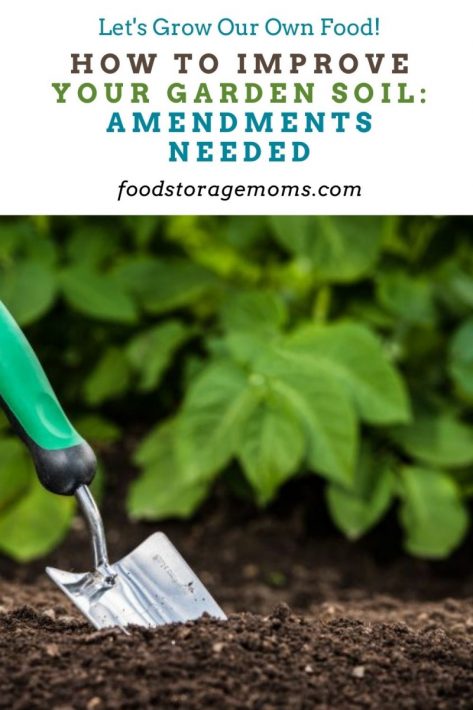
The qualities that make good garden soil typically fall under good fertility and good texture, however, it is also important to discuss soil PH levels as a separate category.
Good Fertility
The soil fertility is a combination of having the essential nutrients your plants need and the PH level that the plants need. Without proper nutrients your plants really can’t thrive. You may get a few good vegetables or herbs, but you will wonder why you don’t have a green thumb like other people around you.
PH Levels
As I stated above, PH matters in your soil. The PH is a measure of soil acidity and alkalinity. The scale is from 1 to 14 with 7 as neutral. The lower the number, the more acidic. The higher the numbers the more alkaline. Most plants like the soil to below acidic to neutral (6 to 7).
Good Texture
Soil texture is how big the soil particles are as well as their cohesiveness. Good soil texture is the ability of the soil to transfer water and air to the plant. Obviously you don’t want your soil to be too hard, too big, or lack the ability to give your plants what they need.
The goal with your soil texture is that the soil holds moisture long enough for the plant to absorb it, but not so long that the plant roots soak in it beyond what is actually needed by the plant. Soaking plant roots can cause drowning or rot.
The Nutrients Plants Need: How to Improve Your Garden Soil
Plants aren’t like humans; they don’t really need a lot to survive. However, they do need some stuff. Soil nutrients come from various places, including decaying plant matter, soil organisms, and fertilizer. The three basic nutrients used by plants are:
Nitrogen
Nitrogen is what is responsible for healthy leaf and stem growth. Nitrogen can be made available to plants by nitrogen-fixing bacteria. The bad thing is that nitrogen does not remain in the soil for very long. It gets used up quickly by your plants and decaying matter.
Phosphorus
Phosphorus is the nutrient that is responsible for root growth. Flowering bulbs, as well as root crops, always need some phosphorus. Because of this Bonemeal is often recommended.
Potassium
Potassium is the nutrient responsible for overall plant health. It keeps your plants growing while aiding their immune systems. Like nitrogen, potassium has to be replenished from time to time.
Additionally, plants need trace elements. Trace elements are nutrients that are good for plant health. These trace elements include calcium, magnesium, zinc, and molybdenum.
When to Improve Garden Soil?
When you improve garden soil you are amending the soil. Thus, many people will say they need amendments to their soil. You should improve or amend your garden soil when there is either a PH deficit, texture problem, or nutrition deficit.
No matter where you live some kind of amendment is going to be needed from time to time. However, some soil may need repeated amendments as the nutrients get consumed quickly.
Related: How to Improve Garden Soil in Raised Garden Beds
How to Improve Your Garden Soil: Amendments Needed for Garden Soil
The great thing about garden soil is that you can easily amend it to improve the quality of your soil. Before adding any of these amendments you will need to test your soil. The following amendments can be added to your garden soil:
- Lime or sulfur: For PH imbalance.
- Fertilizer: For deficiency in nutrients
- Organic Material: Such as compost, manure, or peat moss are used to fix soil texture as well as add nutrients.
Related: Garden Problems and How You Can Fix Them
How to Improve Garden Soil?
Before you start adding amendments to your garden you need to understand what your soil actually needs. Here are the steps you should take to improve your garden soil:
#1 Evaluate Your Soil
The only real way to know how your soil is doing is to have it tested. You can have your soil tested by your local Cooperative Extension Service. This service is usually offered for free. This service is often part of a local university or state agency.
You can also have your soil tested by local nurseries as well. Additionally, you can purchase a soil test kit on Amazon and test your soil yourself.
#2 Fix the Soil PH (If needed)
If after you test your soil you realize that your soil has a PH problem, you will want to fix this first. If there is not a PH issue you can skip to the next step.
It is important to fix the PH because plants can’t take up the nutrients unless the acid/alkaline levels are in their range. When the soil PH is off you will get a recommendation to add lime which raises the alkalinity or sulfur to lower the PH.
To fix your soil PH levels, you should do this in stages so you don’t shock your plants. Typically, you would not add more than 5 pounds of lime or sulfur per 100 square feet of your garden.
However, if you have not yet planted your garden, you can go ahead and dump the full amount in the area. After dumping the lime or sulfur, you will want to rake it in an effort to spread it evenly, then dig it in thoroughly with a shovel or tiller.
Vegetable gardens do thrive better in slightly acidic soil. So, you may need to add lime every 2-3 years. Be sure to check the soil PH every couple of years.
#3 Adjust Your Soil Texture
Once you know the PH levels are where they should be, it is time to fix the soil texture. The best way that has been found to improve soil texture is by adding organic material such as compost, manure, or peat moss. Organic material is made from dead plants or animal material.
This organic material helps sandy soil to retain water that would usually wash away. It corrects clay soil by making it looser and allowing air, water, and roots to penetrate through it. Here are some forms of organic material you can use to amend your garden soil:
- Compost
- Manure
- Peat Moss
- Grass Clippings
- Cover Crops
#3 Add in Your Nutrients
Last, but certainly not least, add nutrients to your soil. Your plants require the chemical nutrients that were stated above, and that is where fertilizer comes in.
Keep in mind that if you needed to add organic matter to improve soil texture, you may not need more nutrition. Organic matter contains a lot of nutrients. There are two types of fertilizer you can use: organic and inorganic.
Organic fertilizers are plant or animal-based fertilizers. They work by releasing nutrients over a period of time. However, you will not get an instant fix.
Inorganic fertilizers are synthetic fertilizers. It is usually cheaper than organic fertilizer and acts quicker. So, if you have already planted a garden and notice it isn’t doing well, inorganic fertilizer can help fix it quickly. Keep in mind that these fertilizers do NOT amend the soil. They only feed the plant.
When choosing a fertilizer, you can either use the recommendations from your soil test, or you can consider a complete fertilizer. A complete fertilizer contains the three primary nutrients plants need: nitrogen, phosphorus, and potassium. In most cases, a balanced fertilizer is all you need.
Related: Garden Tips for Early Spring
Final Thoughts
If you are noticing that your garden isn’t doing as well as you would like, you may need to amend your soil. Get a soil test and start improving your garden, today! It’s all about how to improve your garden soil today, we can do it. May God bless this world, Linda

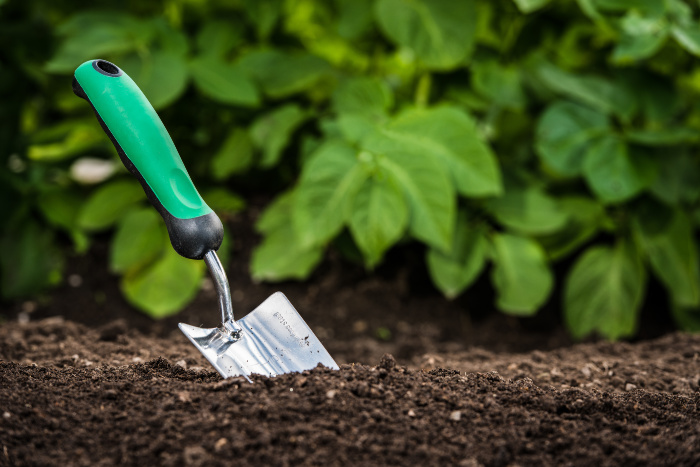


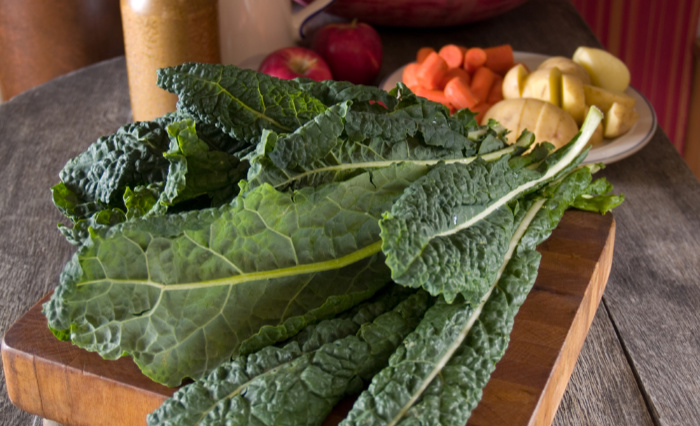
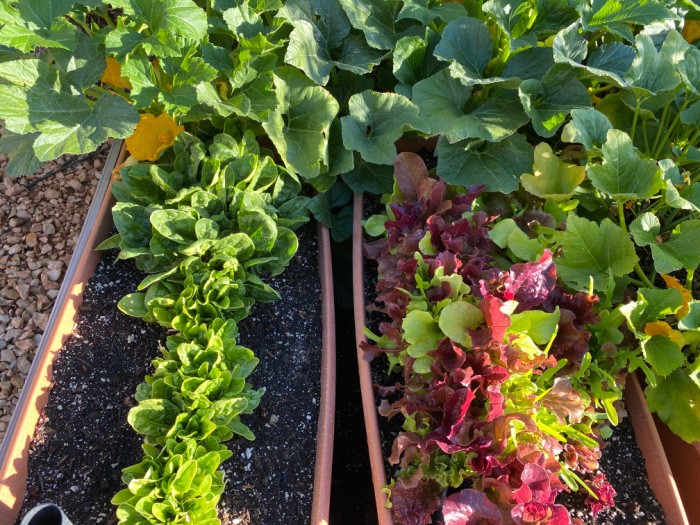
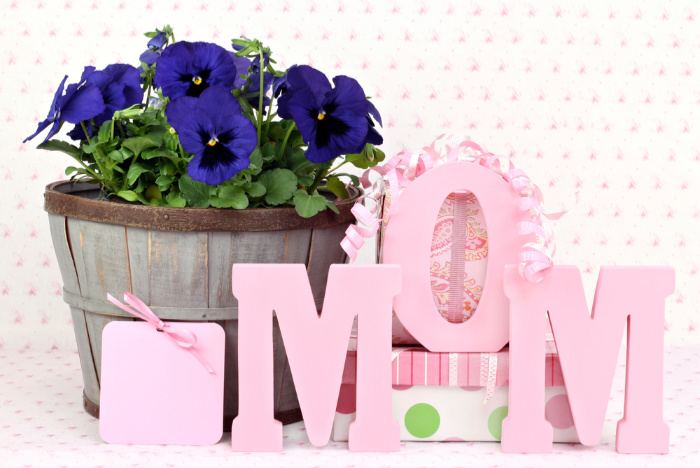
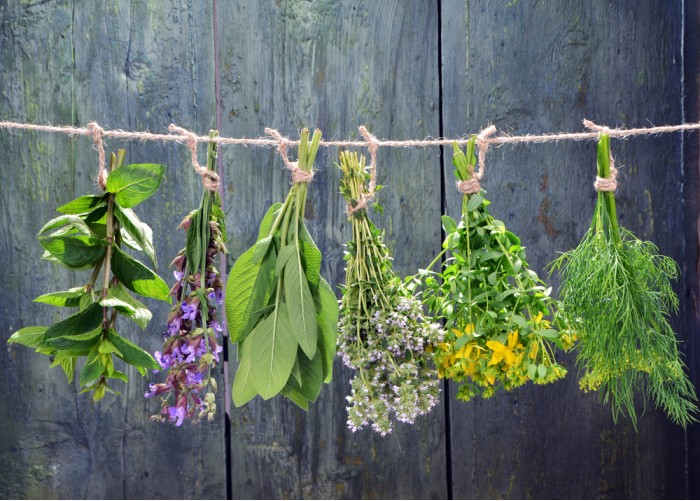
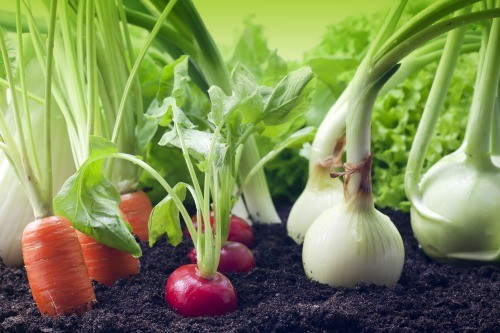
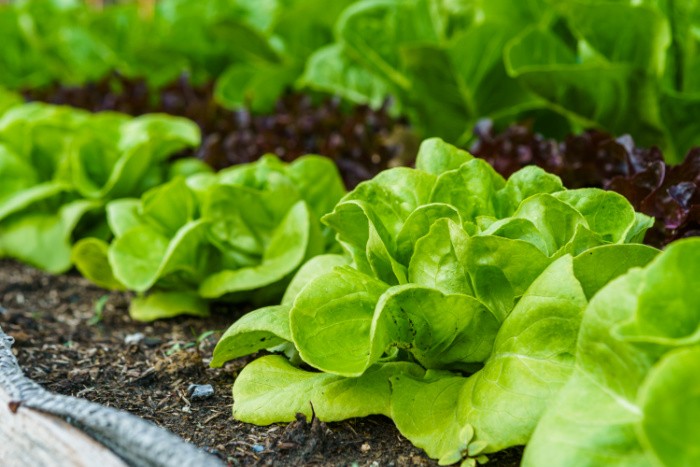













This is an excellent article, Linda! Not sure how I missed it back in October. Will share it with several others.
Am having good success with starting seeds this year. Am sharing the seedlings with several friends and just offered my extras to anyone in our Sunday School class.
God Bless! Stay safe. You are in our prayers!
Hi BDN, oh how I LOVE hearing this! You are truly an angel to pass out seedlings in Sunday School! I found a really good soil at least for hear in Southern Utah. We have hard red clay and it’s not easy to grow things. I have found a really good bag of soil called Dr. Q’s Organic Vegetable & Herb Planting Mix. It comes in a pinky/peach bag. No other items are needed to add to this awesome soil. I just add new bags each year to my raised garden beds. God bless you, hugs from Utah! Linda
With ways to improve garden soil in this article really help us a lot to know more and let us aware of what I must do before planting. Thank you for sharing tips and valuable information that really matters. Hope to read more from you.
Hi Frank, thank you for your kind words, that means a lot to me. I work really hard to help others. Linda